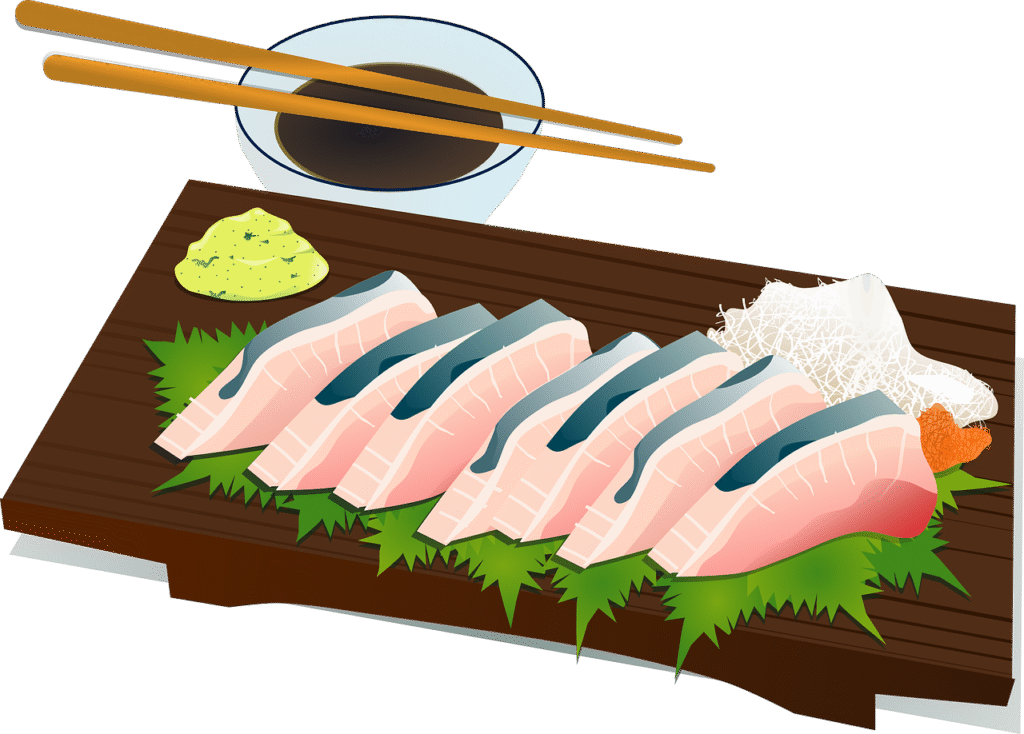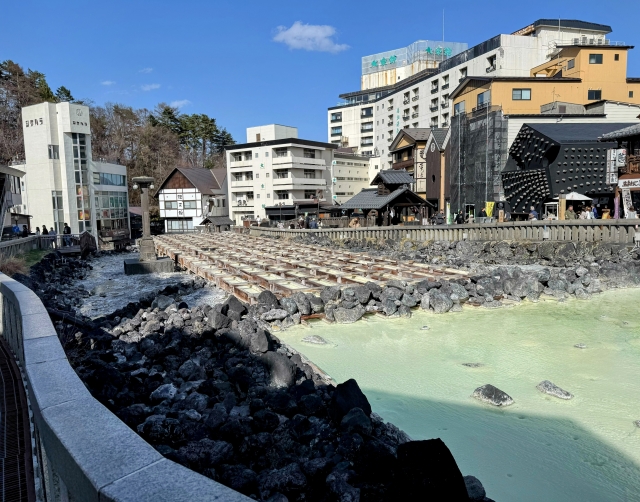Introduction
The number of foreign tourists visiting Japan increases year by year, with people from around the world being attracted to its rich culture, history, beautiful nature, and unique customs. However, since Japan has social norms and customs that differ from many other countries, having prior knowledge will help you have a more comfortable and fulfilling travel experience.
This article explains in detail the important Japanese customs and behavioral norms that are useful to know when traveling in Japan. This knowledge will not only help you interact smoothly with local people but also help you avoid cultural misunderstandings and uncomfortable situations. Furthermore, by respecting Japanese customs, your travel experience will be more enriching.
Japanese culture is rooted in the spirit of “wa” (harmony), which tends to prioritize group harmony over individual desires. Such values are reflected in various aspects, from behavior in public places to interpersonal communication. Below are important customs and points to note that you should know as a traveler.
Explanation
Greetings and Etiquette
Bowing Custom

In Japan, “ojigi” (bowing) is widely practiced when greeting, expressing gratitude, or apologizing. Bowing is not just a formal gesture, but an important form of non-verbal communication that shows respect and courtesy. Generally, a light bow (about 15 degrees) is used for everyday greetings, while a deeper bow (30 degrees or more) is used for more polite expressions of gratitude or apologies. Foreign tourists don’t need to master perfect bowing for all situations, but exchanging a light bow as basic courtesy will make a good impression on locals.
Taking Off Shoes
In Japanese houses, ryokan (traditional inns), some restaurants, and temples/shrines, there is a custom of taking off your shoes before entering. This is not only to maintain cleanliness but is also based on the Japanese cultural value of distinguishing between “outside” and “inside.” If there is a shoe rack at the entrance or slippers are provided, it indicates that you need to take off your shoes. After taking off your shoes, it is polite to arrange them neatly. Especially in ryokan or traditional Japanese houses, you also need to take off the slippers provided before entering a tatami room. On tatami, you basically walk in socks or bare feet.
Toilet Slippers

In public facilities and ryokan, special slippers for the toilet may be provided. When entering the toilet, you should change into these slippers and return them to their original place after use. It is considered very impolite to wear toilet slippers in other areas, so be careful.
Dining Manners
How to Use Chopsticks

In Japanese meals, chopsticks are mainly used. There are many taboos regarding the use of chopsticks, such as stabbing food with chopsticks, standing chopsticks upright in food, and passing food from chopsticks to chopsticks, as these actions remind people of funeral customs and should be avoided. It is also considered rude to scrape dishes with chopsticks or to poke around food with the tips of chopsticks. If you are not used to using chopsticks, it is fine to ask for a fork or spoon at restaurants.
“Itadakimasu” and “Gochisousama”
In Japan, there is a custom of saying “Itadakimasu” before a meal and “Gochisousama (deshita)” after a meal. “Itadakimasu” is a word expressing gratitude, showing respect for the food, nature, and the person who prepared the meal. “Gochisousama” is an expression of gratitude to the person who provided the meal. Using these words will help you communicate better with Japanese people.
Slurping Noodles
When eating noodle dishes like ramen or soba, it is common in Japan to slurp with sound. This is a way to better enjoy the flavor of the noodles and is not considered bad manners. In Western countries, making noise while eating might be considered impolite, but for noodles in Japan, it’s an exception. However, it’s better to avoid making loud noises when drinking soup.
How to Pour Drinks
At Japanese drinking parties, there is a custom of not pouring your own drink, but rather pouring for others at the table, and then having them pour back for you. This is an expression of mutual respect and consideration. If there are senior people present, it’s thoughtful to ensure their glasses don’t become empty, and it’s polite to hold the bottle with both hands when pouring drinks for them.
Public Manners
Behavior on Public Transportation

On Japanese public transportation such as trains and buses, you are expected to stay quiet. It’s best to avoid talking loudly or having long phone conversations. Especially during crowded hours, hold your backpack in front of you or place it on the overhead rack, and respect other passengers’ space. Also, it’s good manners to refrain from eating and drinking, except on some long-distance trains. It’s also an important custom to give up your seat to elderly people, pregnant women, or people with disabilities when sitting in priority seats.
Queuing Culture
In Japan, there is a culture of forming orderly lines and waiting at various places such as bus stops, ticket offices, and popular restaurants. Cutting in line is considered very impolite. Even at crowded tourist spots or events, Japanese people queue in an orderly manner, so follow this custom.
Garbage Sorting and Taking It with You
You may notice that there are few garbage bins in many public places in Japan. This is because there is a culture of taking your garbage home and sorting it properly. Also, in parks and tourist spots, the idea that “leave it more beautiful than when you came” is ingrained, and it’s common to take responsibility for your own garbage. In Japan, garbage is sorted very meticulously into categories such as plastic, paper, cans/bottles, burnable garbage, etc., which are collected on different days.
Custom of Wearing Masks
In Japan, it is common to wear a mask when you have symptoms of a cold or influenza. This is a consideration to prevent spreading your illness to others. Many people also wear masks during hay fever season. Recently, mask-wearing has been widely accepted as a preventive measure against infectious diseases in public places, so consider wearing a mask if you are not feeling well.
Communication Characteristics
Indirect Expressions
In Japanese communication, there is a tendency to avoid direct refusal. The expression “it might be a bit difficult” often actually means “I can’t” or “I don’t want to.” Such indirect expressions are cultural considerations to save face and avoid confrontation. When communicating with Japanese people, you may need to read between the lines.
“Honne” and “Tatemae”
Japanese culture has the concepts of “Honne” (true feelings) and “Tatemae” (public attitude). Japanese people sometimes prioritize tatemae over honne to maintain group harmony. For example, they might attend a drinking party they don’t really want to go to because they don’t want to hurt the other person’s feelings by refusing. Understanding this cultural background will help you better understand Japanese people’s behavior and reactions.
Business Card Exchange
In business settings, exchanging business cards is an important ritual. Business cards are presented with both hands, and received cards are also handled respectfully with both hands. It’s polite not to put a received card away in your pocket immediately, but to place it on the table during the conversation. Also, you show respect by checking the information on the card and confirming the person’s name and position.
Hot Springs and Bathroom Customs
Hot Spring Etiquette

Japanese onsen (hot springs) are not just bathing facilities but a traditional cultural experience. Thoroughly washing your body and being clean before entering the hot spring is an absolute rule. Many hot springs have washing areas where you sit and wash your body before bathing. Also, it is prohibited to put towels in the bath. Place a small towel on your head or keep it outside the bath. Most hot springs are not mixed gender but separated for men and women, but facilities may refuse entry to people with tattoos (including foreign tourists), so it’s advisable to check in advance.
Bathing at Public Baths and Homes
In typical Japanese bathing customs, you wash your body before soaking in the tub. This is to keep the bath water clean. In bathrooms at homes or ryokan, you wash your body using the shower or a bucket, and then soak in the tub. Since bath water is often shared by all family members, it’s important to clean your body before entering the tub. Also, Japanese bathtubs are often deeper and hotter than Western ones, so be careful.
Gift-Giving Culture
Souvenir Custom
In Japan, there is a custom of bringing back “omiyage” (souvenirs purchased at travel destinations) for family, colleagues, and friends after traveling. It’s also common to bring a small gift when visiting someone’s home. Japanese people might give souvenirs to foreign visitors as well. When receiving a souvenir, it’s polite to say “arigatou gozaimasu” (thank you) and not open it on the spot.
Gift Wrapping and Receiving
In Japan, special attention is paid to gift wrapping. A beautifully wrapped gift is considered as important as its contents. When receiving a gift, accept it respectfully with both hands and express words of gratitude. In Japanese culture, it’s not common to open gifts immediately, and opening a gift in front of the giver might seem like evaluating the gift’s value, so gifts are often opened later.
Home and Visiting Manners
Home Visits
There are several important manners when visiting a Japanese home. First, punctuality is very important. It’s ideal to arrive a little early or exactly on time. When visiting, it’s good to bring a small gift (like sweets or drinks). And as mentioned earlier, you must take off your shoes when entering the house.
How to Behave on Tatami and with Slippers
In traditional Japanese houses, there are tatami rooms. Remove your slippers on tatami and walk in socks or bare feet. When sitting on tatami, it’s common to sit in seiza (traditional Japanese sitting style where you kneel) or cross-legged. However, for foreign tourists, more comfortable sitting positions are often allowed.
Seasonal Events and Customs
Seasonal Greetings
In Japan, there is a custom of exchanging special greetings at the change of seasons or for specific events. For example, at the New Year, people say “Akemashite omedetou gozaimasu“, and in the hot summer, “Shochu mimai moshiagemasu“. Knowing such seasonal greetings will enrich your communication with Japanese people.
Participation in Annual Events
Japan has many traditional annual events. For example, “hatsumoude” (visiting a shrine or temple at New Year) in January, “Children’s Day” in May, “Tanabata” in July, “Obon” (a period to honor ancestors) in August, “Omisoka” (New Year’s Eve) in December, etc. Planning your travel around these events will allow you to experience Japanese traditional culture more deeply. However, keep in mind that during Obon and the New Year holidays, many Japanese people return to their hometowns, so transportation and accommodation facilities may be crowded.
Service Introduction
Japanese Cultural Experience Services
In recent years, various Japanese cultural experience services are being offered for foreign tourists. For example, you can learn traditional Japanese culture under professional guidance, such as tea ceremony, calligraphy, kimono dressing, Japanese cooking classes, and more. These services provide a deeper cultural understanding beyond mere sightseeing.
Particularly popular services include:
- Kimono Rental and Dressing Services – In tourist areas like Kyoto and Tokyo, services that allow you to rent kimono and walk around the town are abundant. Professional kimono dressers will help you put on the kimono, and you can also take commemorative photos.
- Cultural Experience Workshops – Workshops where you can experience a glimpse of Japanese culture in a short time, such as origami, Japanese sweet making, Japanese tea brewing, zazen meditation, etc., are held in various places.
- Homestay and Home Visit Programs – There are also programs where you can visit or stay for a short period in an ordinary Japanese household, directly experiencing actual Japanese lifestyles and customs.
Multilingual Support Services
The Japanese government and private companies are expanding multilingual services to support foreign tourists overcome language barriers. At major stations and tourist spots, there are multilingual signs and tourist information centers catering to English, Chinese, Korean, and other languages. The following services may also be useful:
- Translation Apps and Devices – Using apps like Google Translate or translation devices like Pocketalk can reduce basic communication barriers.
- Multilingual Taxis and Tours – In major cities, taxi services with drivers who can speak foreign languages and guided tours for foreigners are available.
- JR Pass and Other Tourist Transportation Services – There are convenient transportation services for foreign tourists, such as the JR Pass, which allows unlimited travel on JR trains across Japan or in specific regions. These services may require purchase outside of Japan before your trip, so check in advance.
Tourist Support Apps and Websites

Using smartphones or tablets can make your Japan trip more comfortable. The following apps and websites are useful:
- Japan Official Travel App – The official app provided by the Japan National Tourism Organization (JNTO), which includes tourist information, emergency contacts, free Wi-Fi spot information, etc.
- Transit Navigation Apps – When using Japan’s complex railway system, English-compatible transit apps (such as Japan Transit Planner) can make your movement smoother.
- Restaurant Reservation Sites – Using multilingual restaurant reservation sites like Tablecheck or Gurunavi allows you to book restaurants without worrying about the language barrier.
Conclusion
When visiting Japan, understanding its unique customs and cultural norms greatly enhances your travel experience. The various customs introduced in this article—from how to bow, the culture of taking off shoes, dining manners, behavior in public places, to communication characteristics—will make your interactions with locals smoother and help you avoid cultural misunderstandings.
Japanese people are tolerant towards foreign tourists and don’t expect perfect Japanese manners. However, showing respect for basic customs will make a good impression on Japanese people and lead to a more fulfilling travel experience.
Also, by utilizing the various services introduced in this article, you can overcome language barriers and experience Japanese culture more deeply. Enrich your Japan trip through various means such as participating in cultural experience workshops, using multilingual support services, and utilizing tourist support apps.
Finally, the most important things for a Japan trip are an open mind and adaptability. When encountering different cultures and customs, having an attitude of trying to understand and the ability to adapt flexibly will make your experience in Japan a lifetime memory. Please enjoy Japan’s rich culture and warm hospitality to the fullest.
References
- Japan National Tourism Organization (JNTO), “Manners Guide for Visiting Foreigners”, https://www.japan.travel/en/guide/etiquette/, Accessed: April 28, 2025
- Japan Tourism Agency, “Guide to Japanese Lifestyle Customs for Foreign Travelers”, https://www.mlit.go.jp/kankocho/en/page03_000076.html, Accessed: April 28, 2025
- Shinichi Sato (2023), “Japanese Culture and Customs to Convey to Foreigners”, Japan Culture Publishing, Accessed: April 28, 2025


コメント